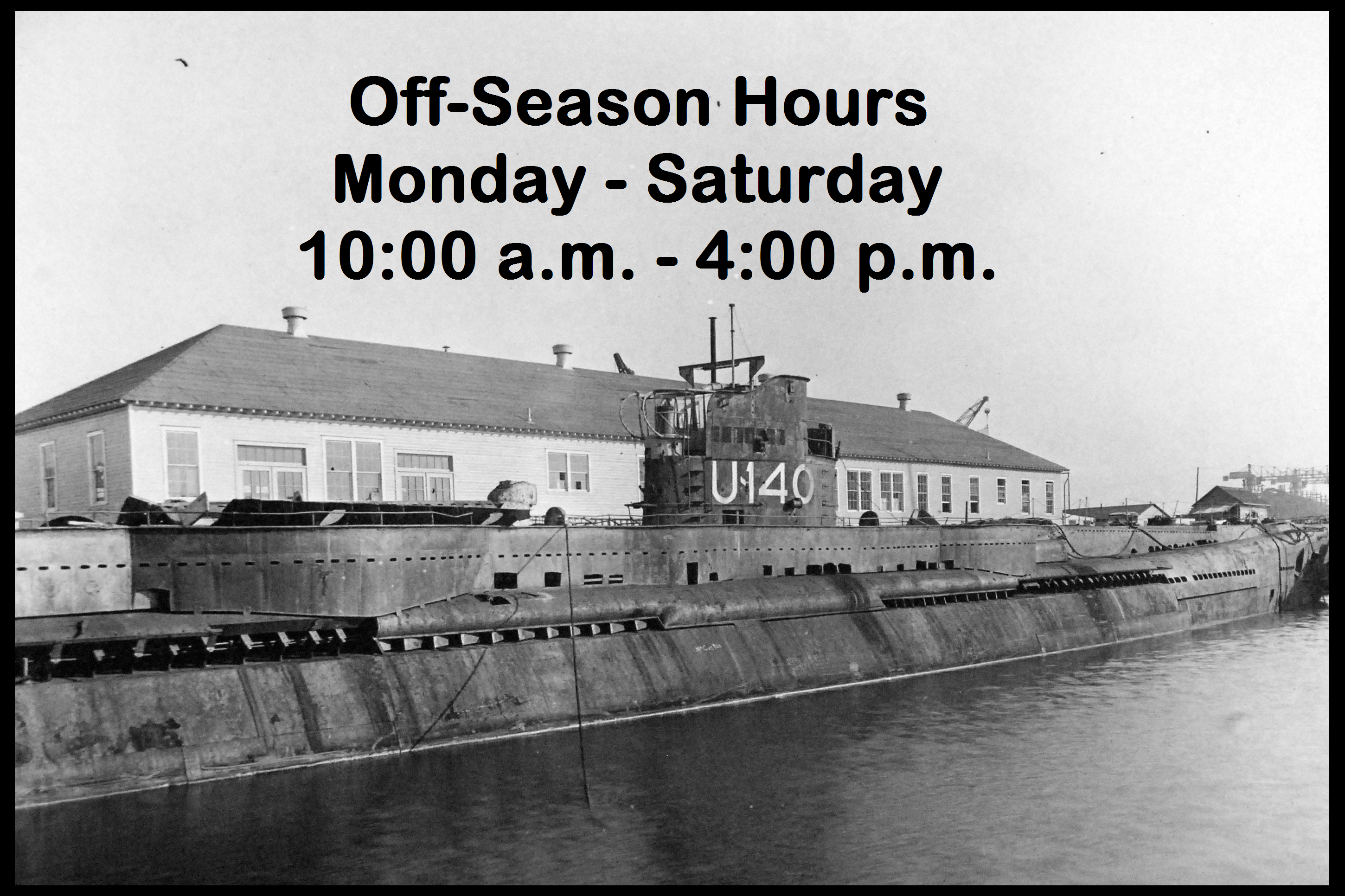

Tarpon and Proteus are just two of the several wrecks being considered under a proposal to expand Monitor National Marine Sanctuary. Image: Joe Hoyt/NOAA Protecting history for tomorrow Click the image above to visit a 3D version of the model that can be rotated and closely examined. Using photographs collected by divers, Monitor National Marine Sanctuary created a photogrammetry model of Tarpon. Using photographs collected by divers, Monitor National Marine Sanctuary archaeologist Joe Hoyt has created a photogrammetry model of Tarpon, allowing the wreck to be explored from above the waves. Researchers also documented the wrecks using singlebeam and multibeam sonar, assisting efforts to map these vessels and visualize the fish density surrounding them. Wrecks like Tarpon and Proteus are important oases for marine life, providing attachment points for invertebrates like corals and anemones, and offering refuge for fish. Biologists also conducted wildlife density studies and fish counts to determine how the wrecks are being used as habitat by marine life. Diving on Tarpon and Proteus, they captured imagery of the wrecks and documented their current conditions.

This August, archaeologists surveyed these two historic wrecks for the first time. Image: Antonio Jacobsen, courtesy of The Mariners’ Museum and Park Recording the stories of the sea A painting depicts the steamship Proteus in 1910. Realizing Proteus was sinking, the captain gave the order to abandon ship. Unbeknownst to Proteus’s crew, the nearby tanker Cushing had gone dark, too. All of its lights, including its navigation lights, were turned off in accordance with wartime anti-submarine protocols. Near the end of the war, on August 8, 1918, Proteus was heading north toward New York City. The ship was modern, and for its time, it was luxurious, with heating and bathrooms in each cabin.īut though Proteus wasn’t a warship, the loss of the vessel ties into the story of World War I. Unlike many of the vessels in the Graveyard of the Atlantic, including Tarpon, Proteus was never a warship rather, this passenger liner carried travelers between New York and New Orleans at the turn of the 20th century. A sand tiger shark swims above the wreck of the USS Tarpon. At 135 feet depth, it is a draw for experienced divers and for an abundance of marine life. In 1956, it was sold for scrap – but before it could be broken up, it sank while under tow off the coast of Cape Hatteras, North Carolina. For its service in World War II, the submarine earned seven battle stars denoting its accomplishments as a warship.Īfter the end of the war, Tarpon was decommissioned and became a training submarine for the 8th Naval District, based in New Orleans. submarine to sink a German raider in the Pacific. Throughout its tour, Tarpon sank several Japanese vessels, and became the first U.S. The naval submarine operated in the Pacific throughout World War II, beginning its war patrol two days after the attack on Pearl Harbor. USS Tarpon has an especially storied history. Photo: Tane Casserley/NOAA Stories of our maritime past NOAA Restoration Center biologist Dave Witting conducts a fish count on the WWII-era submarine USS Tarpon.

While both wrecks are popular dive sites, neither had ever been documented before by maritime archaeologists.

This summer, researchers from Monitor National Marine Sanctuary and its partners visited and documented two of the wrecks that now rest on the ocean floor: the submarine USS Tarpon, and the passenger liner Proteus. The area off North Carolina is known as the Graveyard of the Atlantic, named for the many shipwrecks that came to an untimely end here. But what many visitors to the area don’t know is that the beautiful blue waves also hide centuries-old stories. The Outer Banks of North Carolina are a world-renowned destination for beachgoing, fishing, and more. Maritime archaeologists document historic Graveyard of the Atlantic shipwrecks


 0 kommentar(er)
0 kommentar(er)
